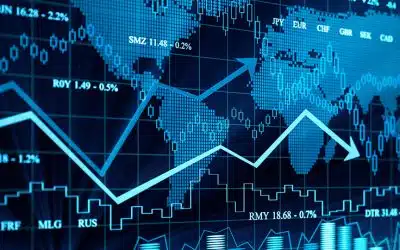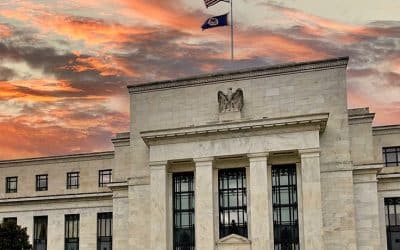Beyond the US elections, what’s the market waiting for?

Redacción Mapfre
The results of the mid-term elections in the United States have given the Republicans a minimal advantage in the House of Representatives and have left the composition of the Senate - which won’t be decided until December with the runoff election in Georgia - up in the air. In the medium term, this supposes a possible political blockage, particularly as far as new fiscal measures go. However, analysts seem to be in agreement that the impact on the financial markets of how America voted is slight, as all eyes are on what the Federal Reserve (Fed) does and the evolution of the main macroeconomic indicators, in particular the consumer price index (CPI). The prevailing thinking is that inflation in October will drop to 8% from the 8.2% seen in September. According to Alberto Matellán, chief economist at MAPFRE Inversión, this moderation will facilitate the central bank in reducing the pace of rate hikes.
Even if Federal Reserve chair Jerome Powell refuses to tone things down, the fact is that investors are already contemplating rates of up to 5% in 2023. According to Ismael García Puente, fund selector at MAPFRE Gestión Patrimonial, as long as the rise is not higher, market sentiment will not deteriorate. For now, October has already brought a ray of light to the stock market. Both MAPFRE analysts agree that concerns about liquidity are waning and the risk of a crash is very low, although sharp increases aren’t contemplated in the short term.
Inflation in Europe doesn’t appear to have a ceiling - in October it reached 10.7%, and although gas prices have fallen drastically and are now trading at around 100 euros per megawatt hour, the analysts' prediction is that the calm will not last. Matellán specifies that the cost is lower because European storage levels are at a maximum and the harshest part of winter has not yet hit, but a peak in demand is expected between January and February, which will wipe out reserves and produce a new rebound in energy products. The outlook for foodstuffs is no better, which is fueling social unrest in some countries in the region, such as France. In the midst of the strikes and the reduction in macroeconomic forecasts, the question is whether the European Central Bank (ECB) will impose rates above 3%, something that García Puente sees as unfeasible.
The worsening of the European economy is palpable: internal demand has fallen on the back of rising inflation and external demand has dropped due to the slowdown in China. Analysts believe that it’s difficult for the region to escape recession next year and, specific doubts are growing as to whether the current monetary policy will be enough to contain inflation, the main component of which is energy. In any case, the rapidly approaching year end seems to be a good time for investors to rebalance their portfolios.



